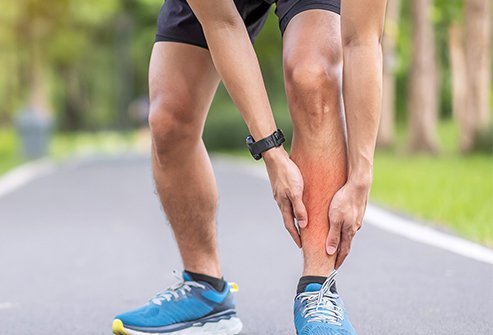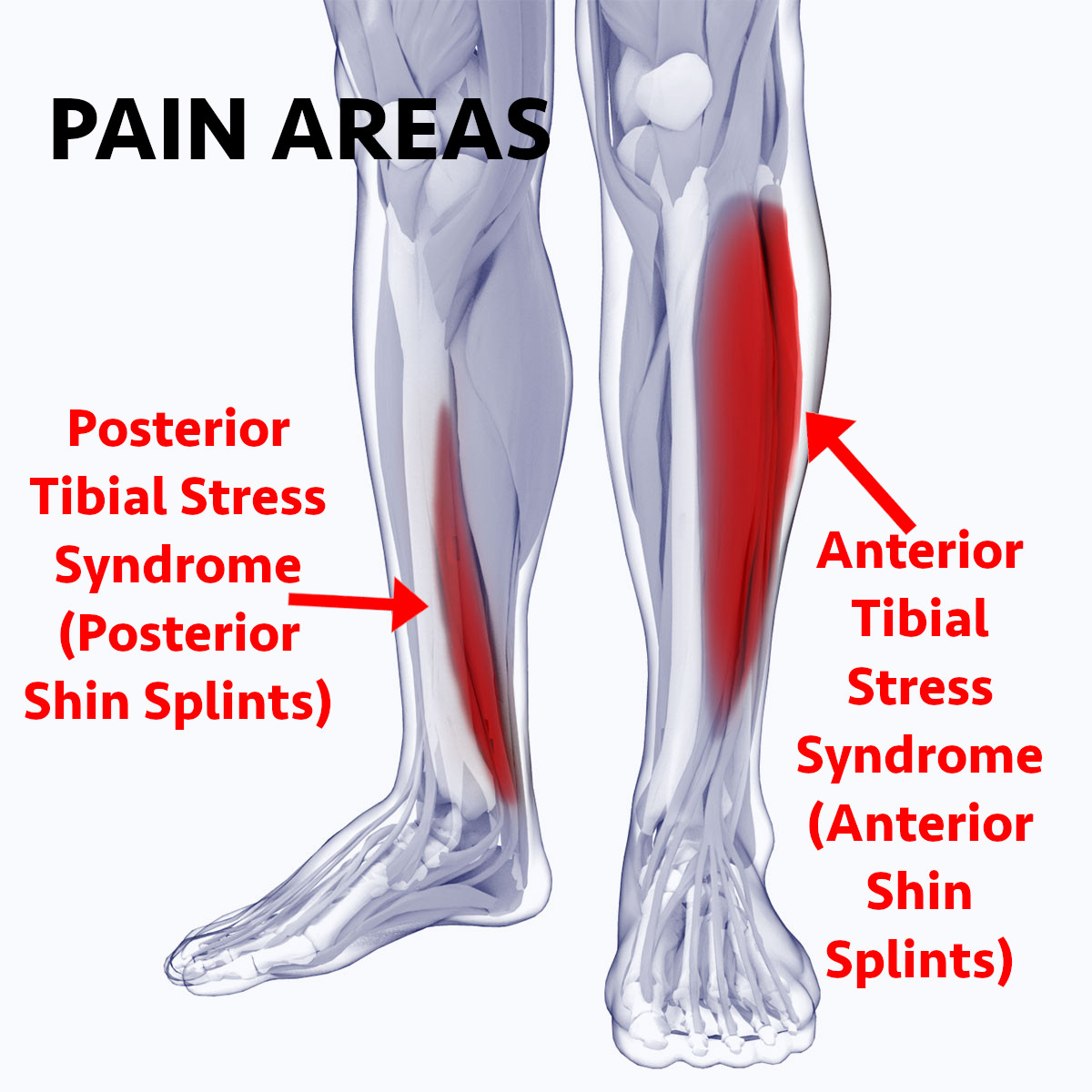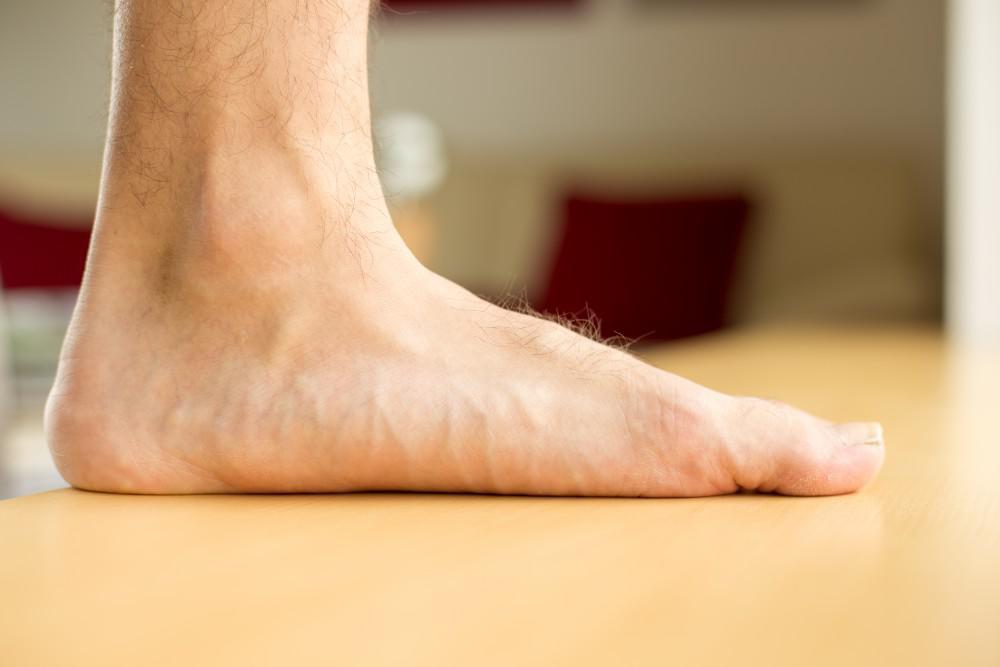text any you want
Shin Splints
(Medial Tibial Stress Syndrome)

What is Medial Tibial Stress Syndrome?
Medial Tibial Stress Syndrome, better known as Shin Splints is a very common exercise related problem in the leg. The pain is felt on the shin region, and can occur on one or both legs. Shin splints usually occur after exercise, and more commonly in runners. However, any vigorous activity or exercise can trigger shin splints, especially if you are starting a new fitness program or progressing from your current program e.g. increasing intensity or frequency of training.

How do you get Shin Splints?
Medial tibial stress syndrome (shin splints) is the inflammation of the muscles, the tendons, and the bone from your knee down to your ankle. The main areas of pain is the region where the muscles attach to the bone and bone tissue (periosteum). This occurs when the legs become overworked or overloaded by physical activity, this is often referred to as an overuse injury.
This tends to occur with people who have a change in their physical activity, such as starting a new fitness routine, increase the intensity of exercise, increasing the amount of exercise per session, or increasing the number of days of exercise per week. Runners are at highest risk of developing shin splints, followed by dancers and military recruits.

What are the risk factors for Shin Splints?
- Having flat feet
- Having feet that roll in more than normal when walking
- High arch or rigid feet
- Exercising with worn out shoes
- Exercising with shoes that are not appropriate for your foot type
- Runners
- Uphill or downhill running, jogging or walking
- Major change in your exercise routine or physical activity

How to treat Shin Splints at home?
- Rest – since shin splints are caused by overuse, treatment at home commonly includes several weeks of rest to reduce the pressure on the affect area.
- Low intensity activity – as a substitute to high intensity activity while you are resting during those several weeks. Some examples of exercise you may do during your recovery includes swimming, stationary bike or elliptic trainer.
- Non-steroidal anti-inflammatory medications – drugs such as ibuprofen and aspirin can reduce pain and inflammation. Please seek medical advice from your GP prior to taking.
- Ice – Use a cold pack wrapped in a kitchen towel/paper towel for 20minutes at a time. Do this several times a day.
- Compression – wearing an elastic compression bandage or compression sleeves may reduce and prevent progression of swelling.
- Flexibility exercises – stretching out your calves may help your shins feel better
If after doing the above home treatments for one month without improvement, I would recommend seeing a Podiatrist for an initial biomechanical assessment.
BOOK NOW
How do you treat and prevent Shin Splints?
The first step in treating your medial tibial stress syndrome is seeing your Podiatrist to assess the underlying cause of your pain. The Podiatrist will assess your biomechanics (the way your body moves as your walk or do activity) and look at the alignment of your body from your head down to your toes. Once the underlying cause is found, the Podiatrist will come up with a detailed and tailored management plan to treat the shin splints at the cause and reduce the risk of it occurring again.
In most occasions treatment would include, but is not limited to footwear recommendation based on your foot type, custom orthoses if necessary, soft tissue rehabilitation such as exercise and stretches, and gait retraining to reduce the loads on the muscles and bones of the lower leg.
Dr. Fatima Al-Kathmi (Podiatrist)
The Foot Force Podiatry
Contact Us
Send us an e-mail:
This site is protected by reCAPTCHA and the Google Privacy Policy and Terms of Service apply.
